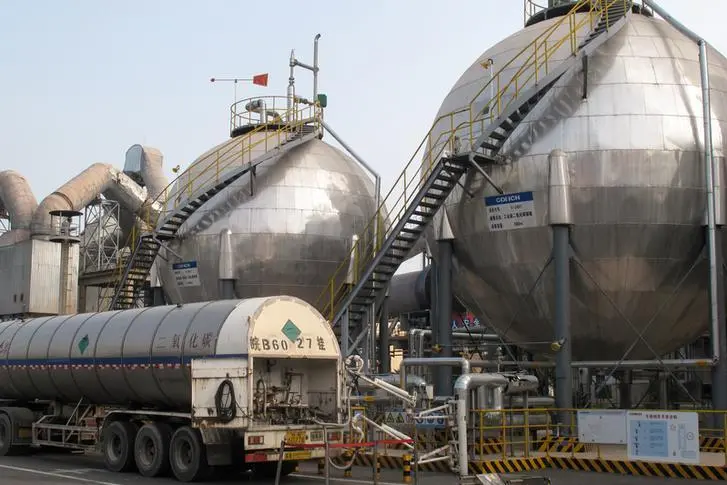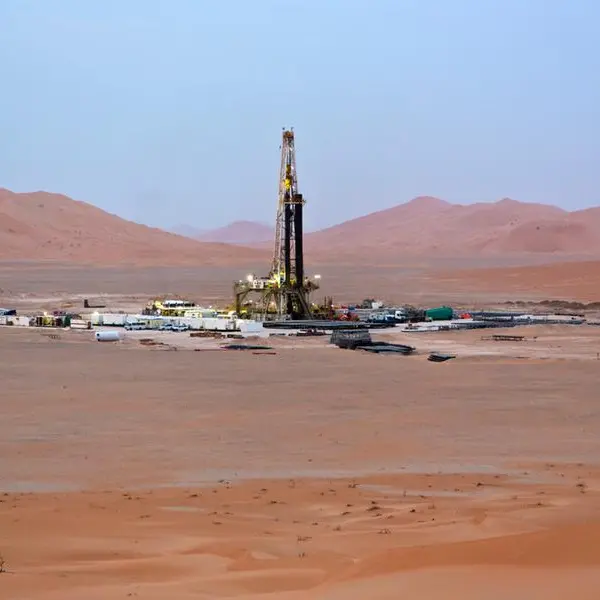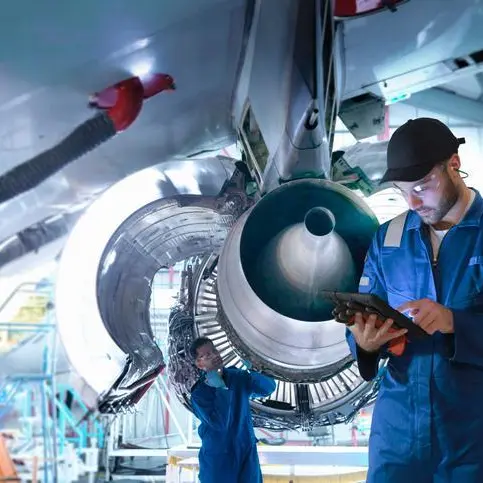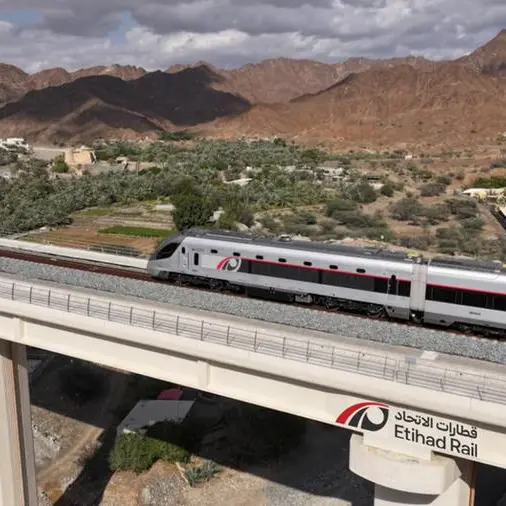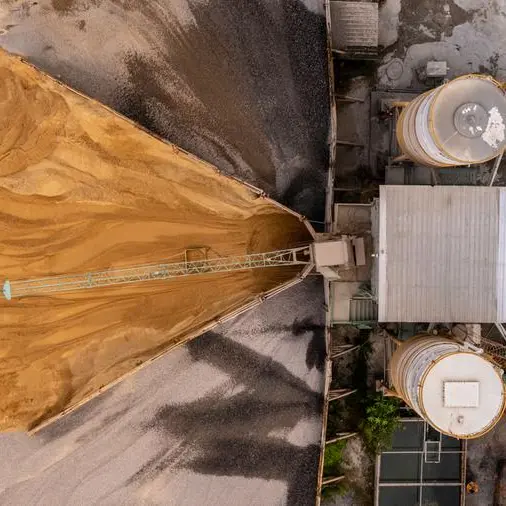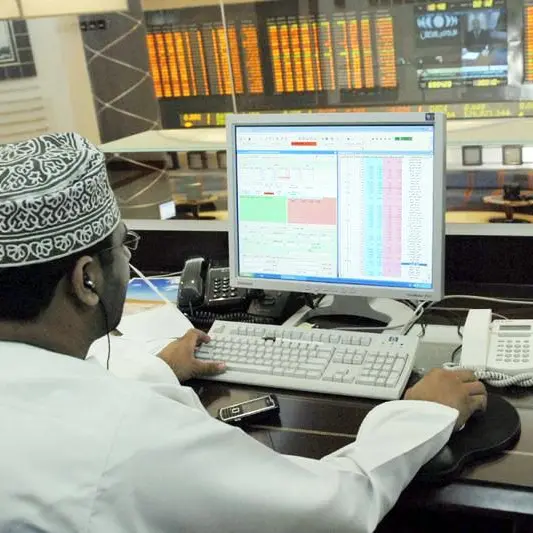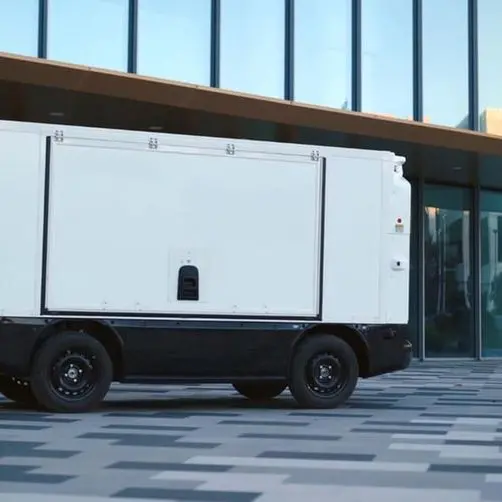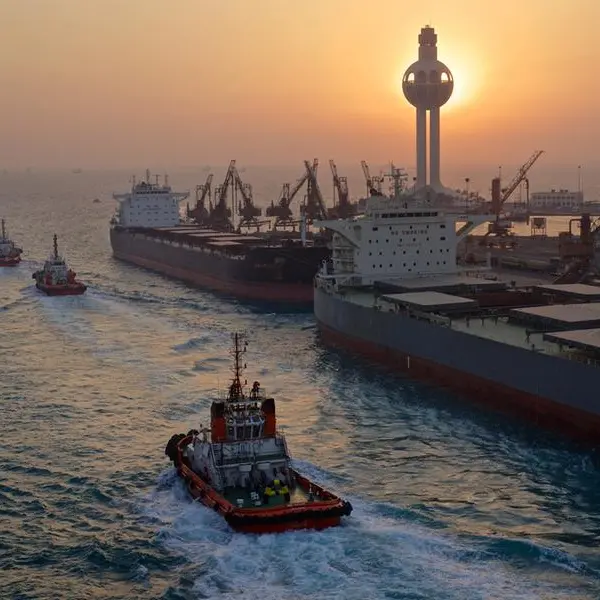PHOTO
Saudi Arabia is designing its first Direct Air Capture plant and has set 8 pilot projects in motion to test the use of hydrogen in the mobility sector, a senior official from the Kingdom’s Ministry of Energy said.
Zeid Al Ghareeb, Director of Circular Carbon Economy National Programme said the Kingdom’s first Direct Air Capture plant, which will capture carbon dioxide (CO2) from the atmosphere, is currently in the design phase.
He did not disclose details about capacity or development timeframe but said the Kingdom plans to accelerate the deployment of this technology.
Last month, Saudi Arabia announced it will be setting up a huge carbon capture sequestration hub with a capacity of storing 9 million tonnes of CO2 by 2027 in the first phase and expand it to 44 million tonnes by 2035.
“We have begun implementing reuse and recycle applications to maximise the value of CO2. The applications include Enhanced Oil Recovery, food and beverage sector, as low-carbon fuels such as synthetic fuels and synthetic chemicals, or for carbon cured concrete, where we are working on a promising technology,” he said, while speaking at a KAPSARC (King Abdullah Petroleum Studies And Research Centre) event on Saudi-China Hydrogen cooperation.
Hydrogen mobility pilots underway
Zeid said 8 pilot projects are underway in the Kingdom to test the use case for hydrogen in the mobility sector.
These include testing the use of hydrogen in heavy-duty vehicles, a Sustainable Aviation Fuel (SAF) project, and deploying hydrogen in airports for ground services.
“We have signed a Memorandum of Understanding (MoU) to deploy Saudi’s first hydrogen- powered train and four refilling stations will be completed by the end of 2023,” he said.
“The Kingdom’s ambition is to produce 4 million tonnes of ‘clean’ hydrogen by 2030” and it does not differentiate between blue and green as the focus is on lower emissions, Zeid pointed out.
He said the first area of collaboration between Saudi Arabia and China is to establish and drive the certification framework that is inclusive of all carbon neutral hydrogen production pathways.
He noted that teams have been set up for different work streams to implement the hydrogen roadmap including ramping up supply, accelerating demand, building infrastructure, and developing different forms of hydrogen.
Manal Shehabi, Academic Visitor, St. Antony’s College, University of Oxford, pegged the hydrogen market potential for the Gulf countries at $70 billion-$200 billion by 2050, forming a significant part of the $400 billion -$700 billion global market.
In her presentation, she estimated hydrogen to account for 13-27 percent of total energy consumption and the levelised cost of green hydrogen production in the Gulf now at $3 per kilogramme.
Blue ammonia hub by 2030
Amin N Al Nasser, Department Head, Chemicals Business and Technology Strategy, Saudi Aramco said the company will target operations for the 11 Million Tonnes Per Annum (MTPA) blue ammonia hub by 2030.
“It will be part of an integrated low carbon energy development where blue ammonia will be produced from natural gas. The target is to capture up to 90 percent of the Scope 1 and 2 emissions,” he said.
“We are heavily working on accelerating and testing our supply chain. Last month we shipped 50,000 tonnes of blue ammonia to South Korea. The Kingdom currently has the highest volume of certified ammonia,” he said.
Aramco is looking for collaboration opportunities in developing integrated infrastructure across the hydrogen value chain from natural gas production, carbon transport and storage, hydrogen production, CO2 capture, hydrogen conversion to distribution and end use, he said.
“Carbon intensity, cost and regulations will be decision drivers for the coming years,” he said.
Critical minerals supply chain
Rami Shabaneh, Research Fellow at KAPSARC outlined the importance of cooperation between China and Saudi Arabia in securing the critical mineral supply chains.
He said, “1 million tonnes of green hydrogen will require 15 gigawatts (GW) of electrolyser capacity assuming a 40 percent capacity factor. And 15 GW of alkaline electrolyser will require 15,000 tonnes of Nickel, PEM electrolyser of the same capacity will require 4.5 tonnes of platinum and 6 tonnes of iridium.”
“Scaling up mining and integrating the supply chains will be needed to achieve economies of scale to make hydrogen cost competitive. Saudi is opening up its mining sector and China is the leader in processing capabilities and therefore there is potential in critical mineral cooperation,” he said.
Experts pointed out that areas of cooperation can pan across a wide area from renewables development, hydrogen supply chains and infrastructure development and regulations.
Read more: Saudi climate pledge: Key announcements from Sharm El-Sheikh
(Reporting by Sowmya Sundar; Editing by Anoop Menon)
